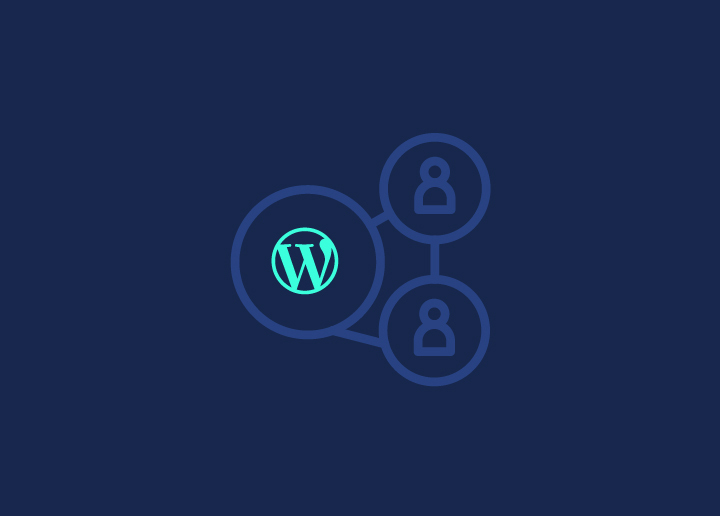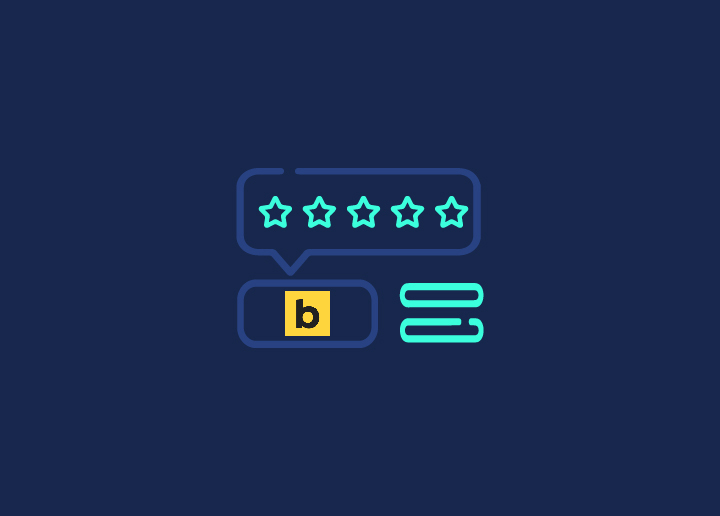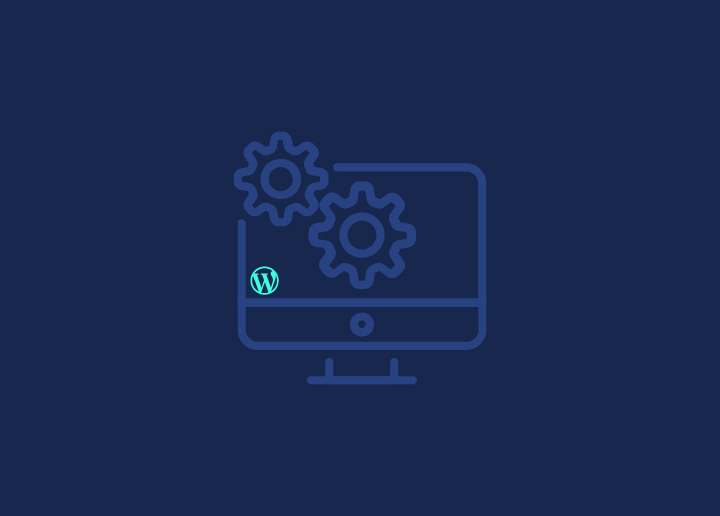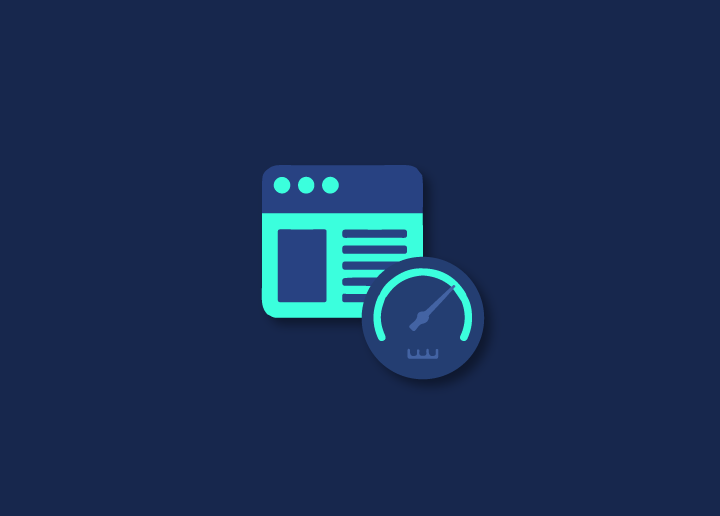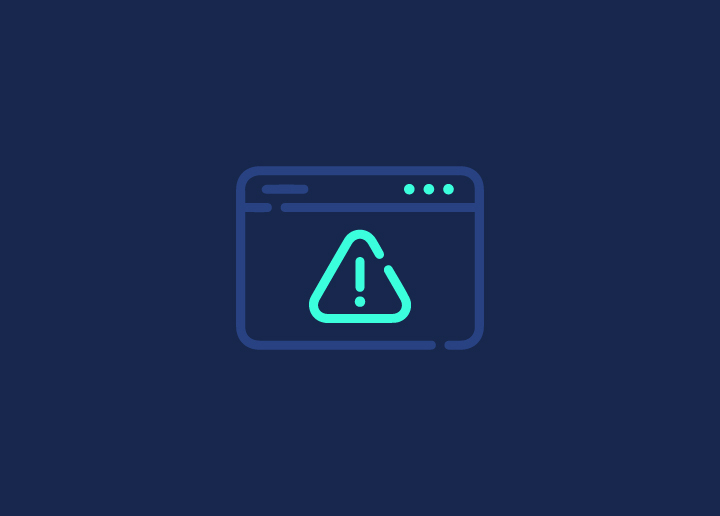Image optimization is the process of reducing the file size of a digital image without compromising its quality. This can be done using various methods, such as compressing the image or using a lower-quality setting. The smaller the file size, the faster the image will load on a web page. Let’s talk about it!
Contents
ToggleHow does image optimization improve site speed?
Images are one of the essential elements of a website, and optimizing them can have a significant impact on site speed.
Reducing the file size of an image can have a significant impact on site speed. This is especially important for users with slower internet connections, as they may be unable to wait for large images to load. Faster websites get the love from Google in form of Core Web Vitals which is a known ranking factor.
Image optimization can also improve site speed by reducing server load time. When an image is loading, it takes up bandwidth and resources from the server. If there are multiple images on a page, this can add up and slow down the page loading time.
Learn More: How to fix slow WordPress backend?
Ways to optimize an image:
1. Resize the image to match the dimensions it will display on the web page. This will reduce unnecessary pixels and help keep the file size small.
2. Use a lossless compression technique to reduce the file size further without losing quality.
3. Convert the image to a more efficient format such as JPEG 2000 or WebP. These formats can significantly reduce file size while maintaining excellent quality.
4. Use an image caching plugin or service to serve optimized images from a cache instead of regenerating them each time they are requested. This can speed up the delivery of images on subsequent page views.
What are the benefits of image optimization?
Image optimization is the process of reducing the file size of a digital image without compromising its quality. Web admins can improve their site’s speed and performance by optimizing images.
There are many benefits of image optimization, including the following:
1. Improved Site Performance: Webmasters can improve their site’s speed and performance by optimizing images. Optimized images load faster and consume less bandwidth, which can help improve overall site performance.
2. Reduced Bandwidth Costs: Optimizing images can also reduce a website’s bandwidth costs. Larger images require more bandwidth to load, so by reducing the file size of images, webmasters can decrease their bandwidth costs.
3. Enhanced User Experience: Image optimization can also improve the user experience on a website. Faster loading times and reduced bandwidth consumption can improve user experience, especially on mobile devices where data usage is often limited.
4. Increased Search Engine Rankings: Optimized images can also help improve a website’s rankings. Search engines like Google consider page speed when determining rankings, so faster-loading pages with optimized images can earn higher rankings than slower pages with unoptimized images.
Few things to remember when optimizing images
It’s no secret that images can make or break a website. Not only do they need to be high-quality and relevant, but they need to be correctly optimized to ensure fast loading times.
There are a few key things to keep in mind when optimizing images for your website:
1. File size: Make sure your image files are as small as possible without compromising quality. This will help them load faster on your site.
2. Image format: JPEG is typically the best format for images on the web. PNG is also a good option for certain types of images (such as screenshots).
3. Resolution: 72 DPI is generally sufficient for web images. Higher resolutions will result in larger file sizes and slower loading times.
4. Alt text: Always include alt text with your images so that search engines can index them properly and people with disabilities can understand what they’re seeing.
5. Compression: Use an image compression tool to reduce the file size of your images even further without sacrificing quality.
Following these tips ensures that your images are optimized for the web and will stay on track with your site’s loading times.
Conclusion
Image optimization is a process of reducing the file size of an image without compromising its quality. By doing this, we can improve site speed by ensuring that our images are not too heavy and take up too much space. There are many ways to optimize an image, and we hope that this article has given you a good starting point on how to do so.
Did you test your page speed and get an unsatisfactory result? Contact us & get started with our page speed optimization services!








